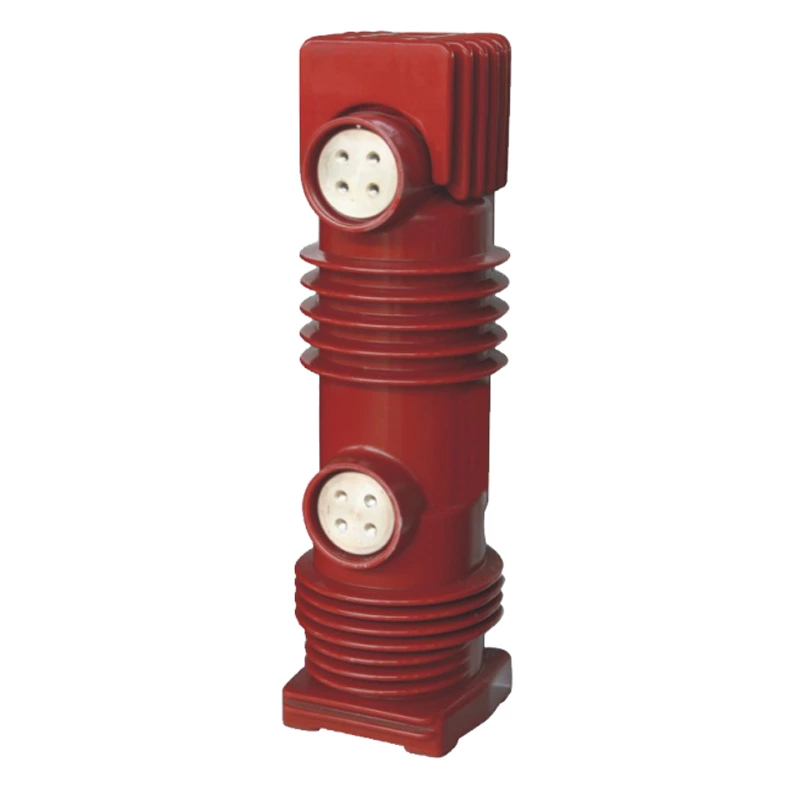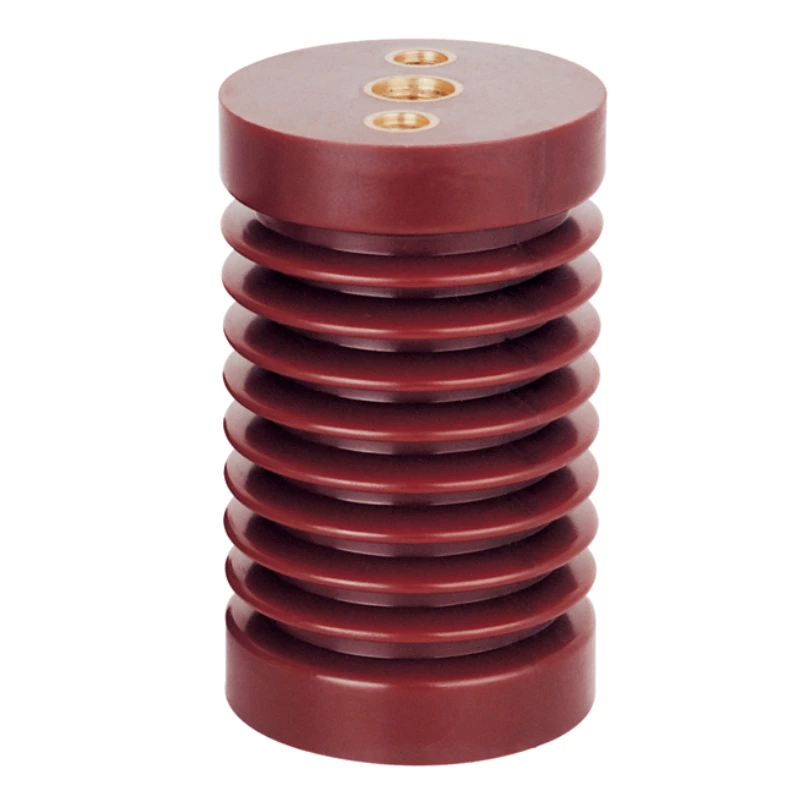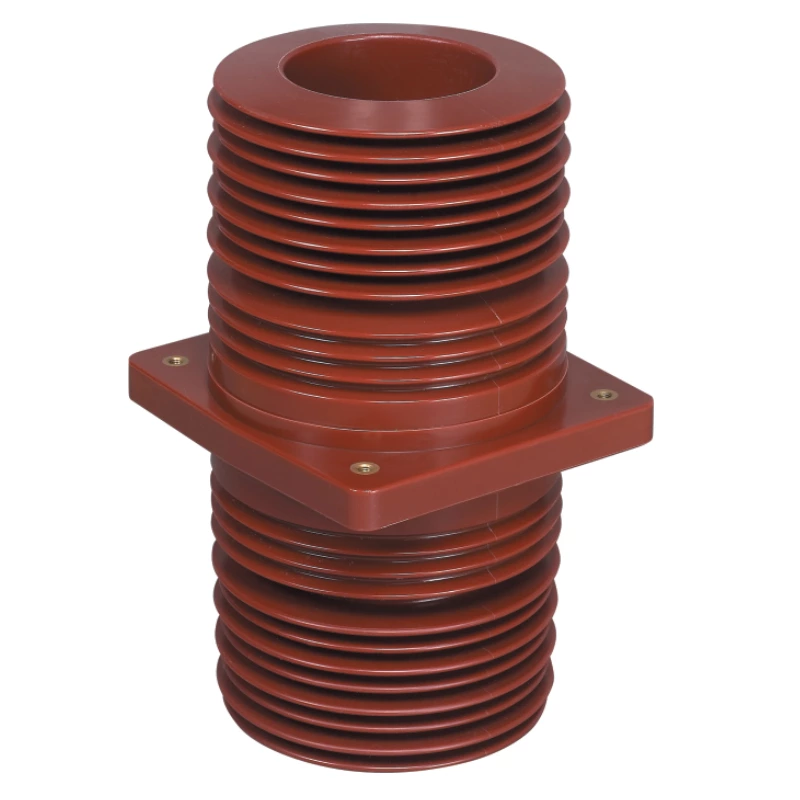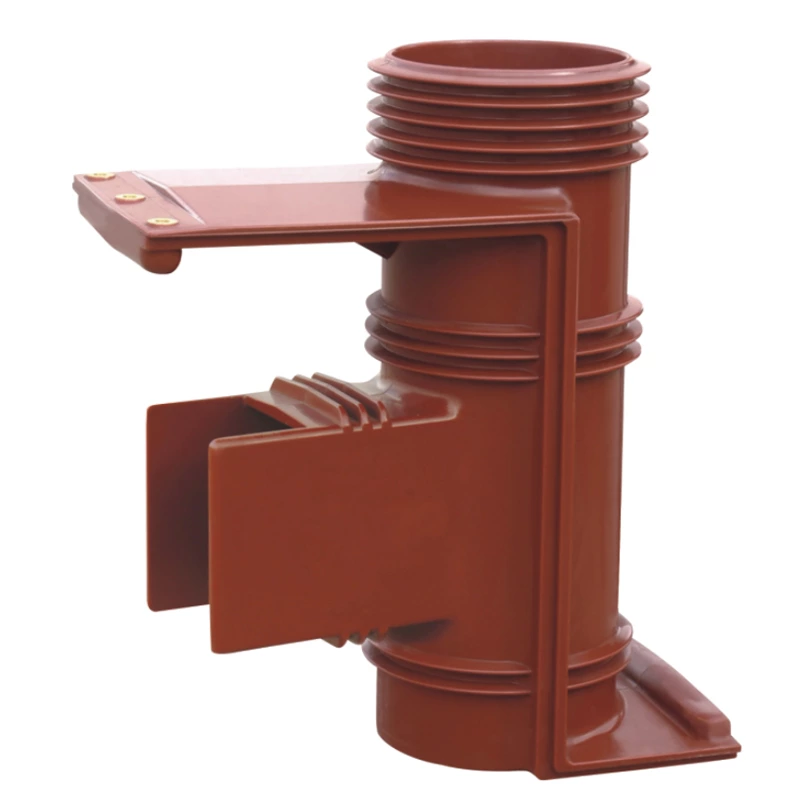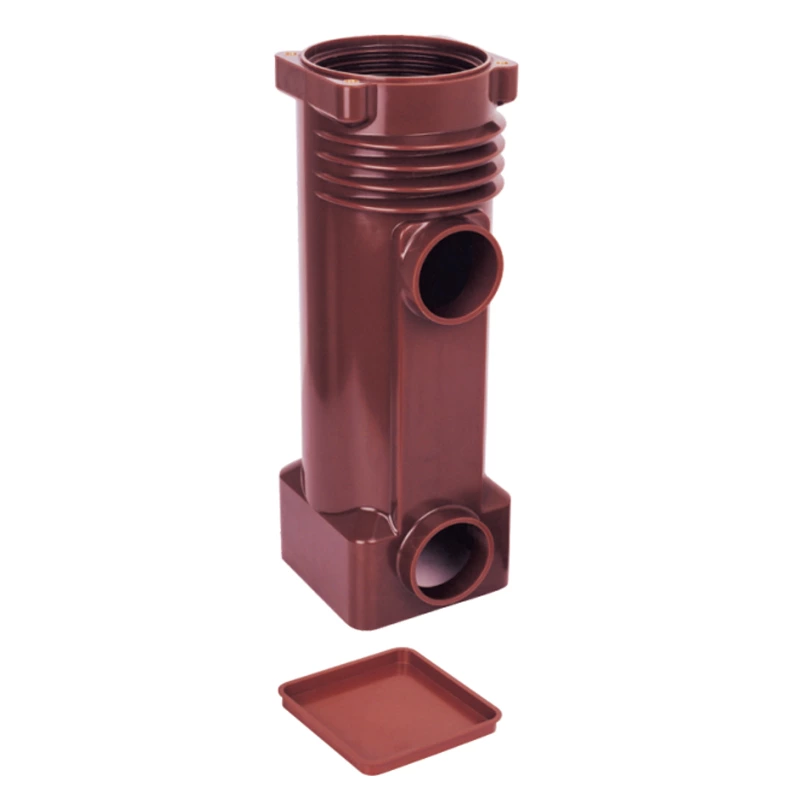Selection Of Epoxy Resin Formula For Sealing Pole
In Embedded Pole, the epoxy resin is used as both external insulation and as a support for the entire component, so it must meet the requirements of electrical and mechanical properties. In addition, the upper and lower outlets of the solid-sealed pole and the arc extinguishing chamber are encapsulated in epoxy resin. The expansion coefficients of various materials are different, and internal stress is easily generated during epoxy curing, causing cracking. This requires that when selecting the epoxy formula, in addition to ensuring the insulation and mechanical properties of the product, it must also have a high crack resistance. At the same time, the epoxy resin formula should have a gentle exothermic peak and low shrinkage rate during the curing reaction, which is convenient for process control and reduces the internal stress generated by the cured product.
The temperature of the arc extinguishing chamber and the upper and lower outlets of the solid-sealed pole will increase during live operation, and the temperature change will have a certain impact on the insulation and mechanical properties of the epoxy resin. The glass transition temperature (Tg) is a parameter for measuring the thermal performance index of epoxy resin, which is related to the mechanical properties of the material. Selecting a reasonable Tg value is conducive to reducing the internal stress of the product and improving the crack resistance of the epoxy encapsulation layer.
